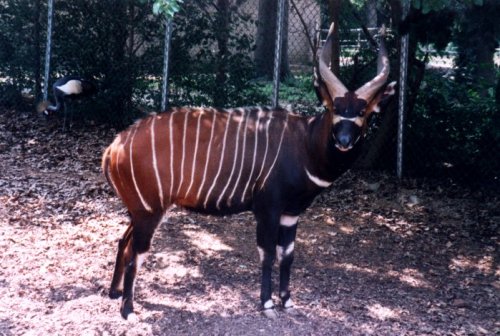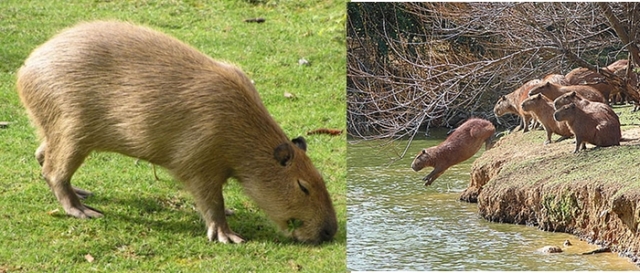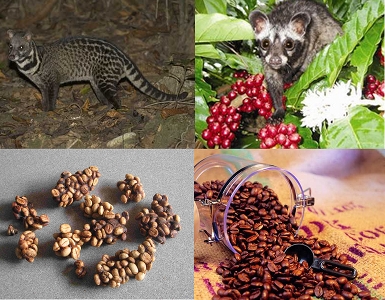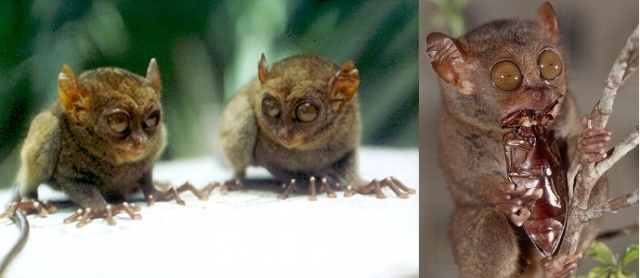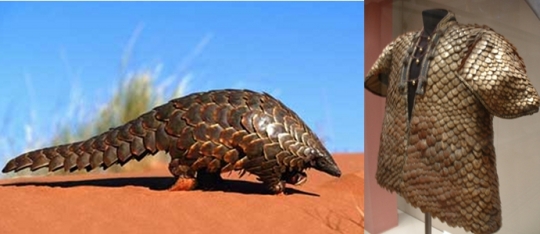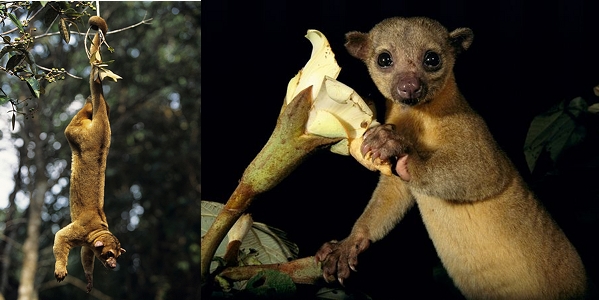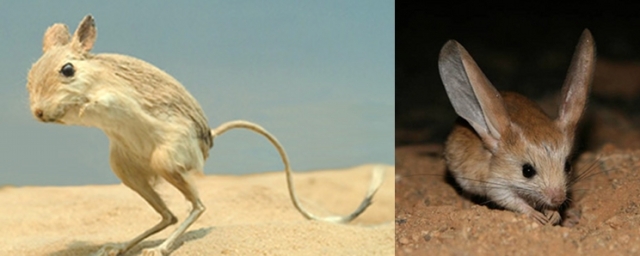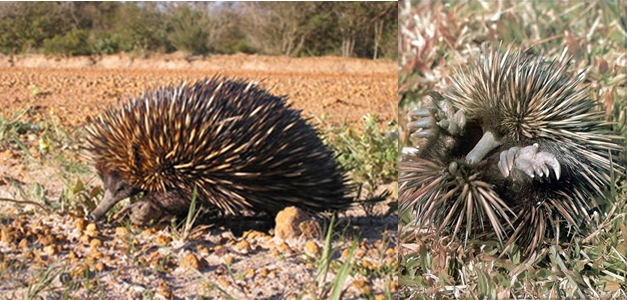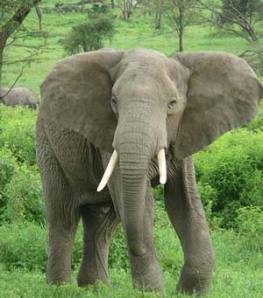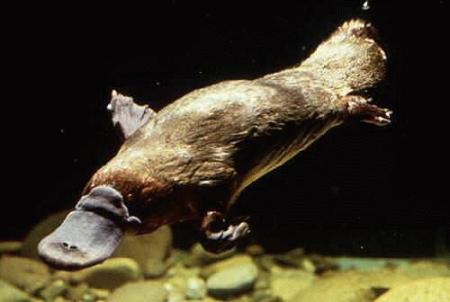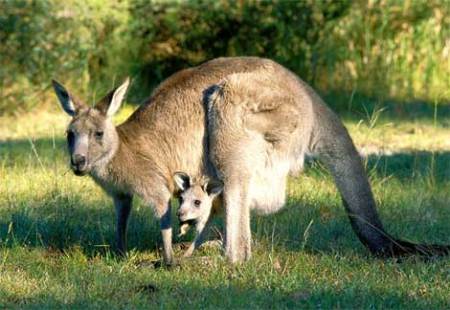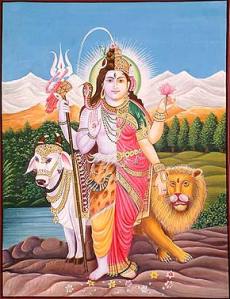#42. Rev. Harry Powell.
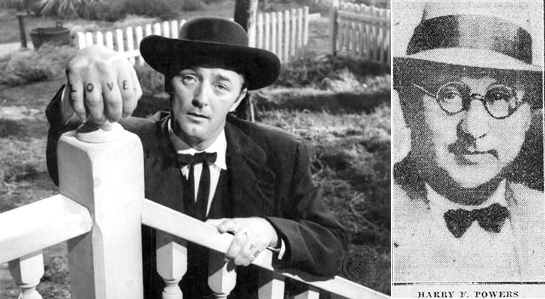
Rev. Harry Powell is a fictional character in Davis Grubb’s 1953 novel, The Night of The Hunter. Powell is a preacher, a con artist and a serial killer! He has the words LOVE and HATE tattooed on his knuckles to depict the struggle between the two, during his sermons.
He spreads the Gospel up and down the Ohio River in the late 1920s and early 1930s. He gains the trust and confidence of wealthy widows in order to marry them and kill them for their money. Driven by his hatred to women, he thinks that he is doing God’s work on earth!
Grubb based Rev.Harry Powell on Harry F. Powers, who lived in Quiet Dell, West Virginia. He had lured several widows and their children by way of “Lonely hearts” ads in the news paper.
The lonely heart killer Herman Drenth was a traveling sales man in West Virginia.He is more popularly known by his last alias as Harry F.Powers. He used the matrimonial correspondence agencies to lure and ensnare lonely women and rich widows whom he robbed and murdered.
The police estimated that he had killed 50 victims before his arrest. But he confessed to killing 5 people in his murder garage where he bound them and killed them with gas.
Harry Powers is known severally as “The lonely hearts killer”, “The matrimonial bureau murderer”, The West Virginia Blue beard” and “The butcher of Clarksburgh”.
He went to the gallows with out a tremor or twitch in his face and without showing any sense of guilt or remorse!
A real villain he was, from the beginning to end!
Visalakshi Ramani

Rev. Harry Powell is a fictional character in Davis Grubb’s 1953 novel, The Night of The Hunter. Powell is a preacher, a con artist and a serial killer! He has the words LOVE and HATE tattooed on his knuckles to depict the struggle between the two, during his sermons.
He spreads the Gospel up and down the Ohio River in the late 1920s and early 1930s. He gains the trust and confidence of wealthy widows in order to marry them and kill them for their money. Driven by his hatred to women, he thinks that he is doing God’s work on earth!
Grubb based Rev.Harry Powell on Harry F. Powers, who lived in Quiet Dell, West Virginia. He had lured several widows and their children by way of “Lonely hearts” ads in the news paper.
The lonely heart killer Herman Drenth was a traveling sales man in West Virginia.He is more popularly known by his last alias as Harry F.Powers. He used the matrimonial correspondence agencies to lure and ensnare lonely women and rich widows whom he robbed and murdered.
The police estimated that he had killed 50 victims before his arrest. But he confessed to killing 5 people in his murder garage where he bound them and killed them with gas.
Harry Powers is known severally as “The lonely hearts killer”, “The matrimonial bureau murderer”, The West Virginia Blue beard” and “The butcher of Clarksburgh”.
He went to the gallows with out a tremor or twitch in his face and without showing any sense of guilt or remorse!
A real villain he was, from the beginning to end!
Visalakshi Ramani

